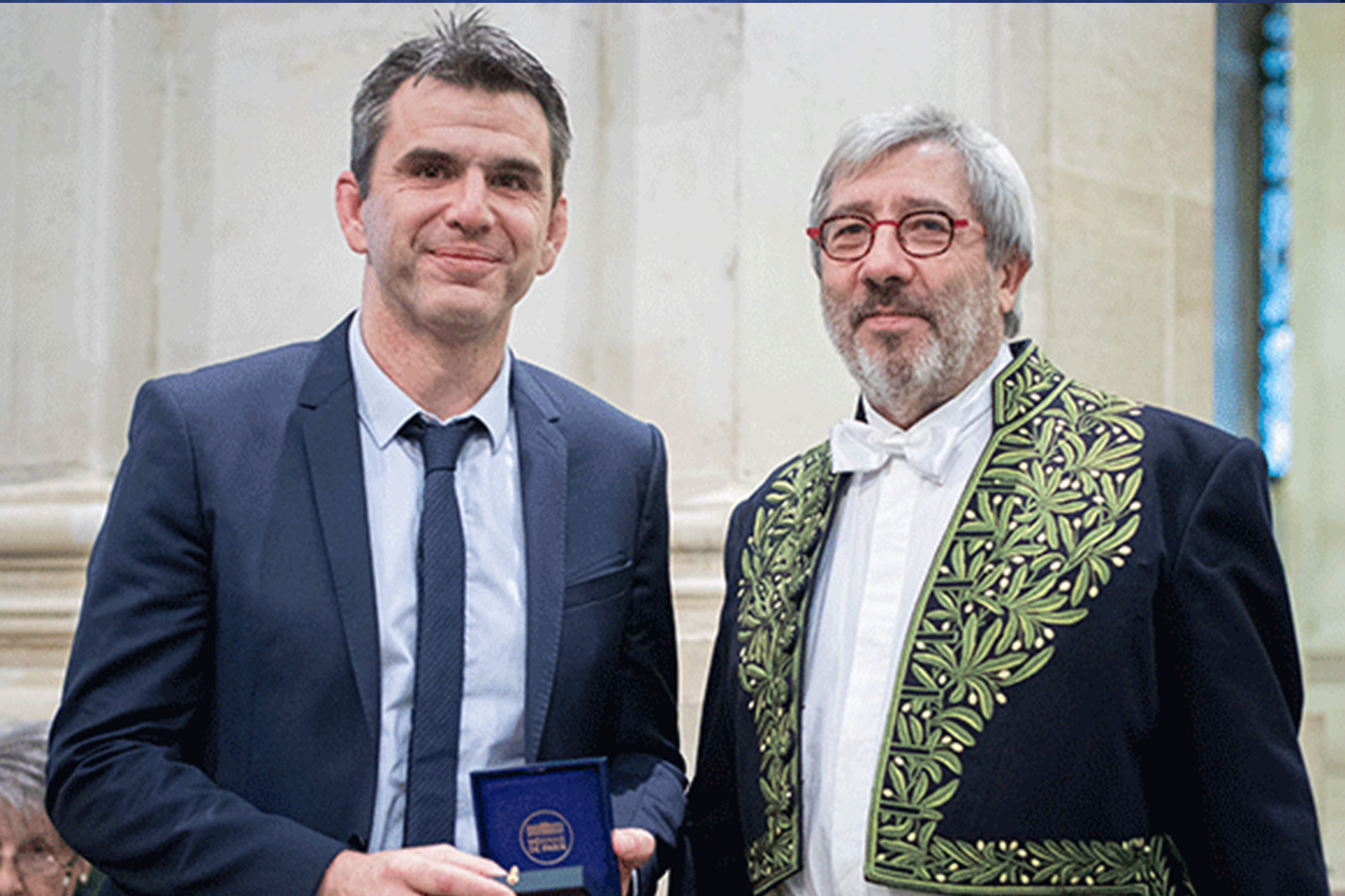Academy of Sciences recognizes major contribution to the field of fluid mechanics
Research
On November 18, 2019

Following Catherine Picart’s award, it is Guillaume Balarac’s turn to be recognized by the Academy of Sciences. The researcher recently received the Espoir Institut Mines Telecom prize from the Academy of Sciences, which rewards a scientist
under the age of 40 for a major innovation that supports a sustainable economy in business or industry.
Who can say that fluid mechanics is an old science? The field was recently put in the spotlight by the Academy of Sciences and the Institut Mines Telecom, which awarded the 2019 Espoir prize to Guillaume Balarac, a lecturer at Grenoble INP – Ense3 and a researcher at LEGI*. The researcher was recognized for his work on turbulent runoffs, which improves our understanding of the dynamics of turbulence and the consequences of runoff in industry and geophysics.
Turbulence still poses interesting challenges with unanswered questions: “Turbulent runoff is chaotic and unpredictable, and the physics of this dynamic are governed by non-linear equations that have no known mathematical solutions,” explains Guillaume Balarac. The scientist is developing new simulation tools for these complex phenomena by using large-scale simulation for whirls that are large enough to be calculated and then combining this with models for smaller whirls that cannot be calculated. The goal is twofold: to improve existing models using tools with artificial intelligence learning, and to expand their use to cover more complex runoff situations.
At the same time, Guillaume Balarac carries out direct, high-resolution digital simulations to improve our understanding of turbulence theory. By combining the study of small-scale dynamics and our understanding of instability in large-scale dynamics, this research work has enabled Guillaume Balarac to support the development of renewable energy through various industrial partnerships. “This prize is a testament to the numerous challenges that still must be resolved in the field of fluid mechanics. This includes understanding fundamental underlying processes as well as their role in major societal challenges in areas such as energy and the environment.”
A wide variety of applications
By understanding the turbulence of fluids, both liquid and gas, this research opens new perspectives in many fields such as meteorology and industry (e.g., understanding the operation of hydraulic or gas turbines, understanding rocket motors...). Thanks to this research, Guillaume Balarac helped establish digital models that improve our ability to understand and predict three dimensional whirls found in turbulence.Turbulence still poses interesting challenges with unanswered questions: “Turbulent runoff is chaotic and unpredictable, and the physics of this dynamic are governed by non-linear equations that have no known mathematical solutions,” explains Guillaume Balarac. The scientist is developing new simulation tools for these complex phenomena by using large-scale simulation for whirls that are large enough to be calculated and then combining this with models for smaller whirls that cannot be calculated. The goal is twofold: to improve existing models using tools with artificial intelligence learning, and to expand their use to cover more complex runoff situations.
At the same time, Guillaume Balarac carries out direct, high-resolution digital simulations to improve our understanding of turbulence theory. By combining the study of small-scale dynamics and our understanding of instability in large-scale dynamics, this research work has enabled Guillaume Balarac to support the development of renewable energy through various industrial partnerships. “This prize is a testament to the numerous challenges that still must be resolved in the field of fluid mechanics. This includes understanding fundamental underlying processes as well as their role in major societal challenges in areas such as energy and the environment.”
* CNRS, Grenoble INP, Université Grenoble Alpes
Published on February 25, 2020
Updated on October 7, 2020
Updated on October 7, 2020

